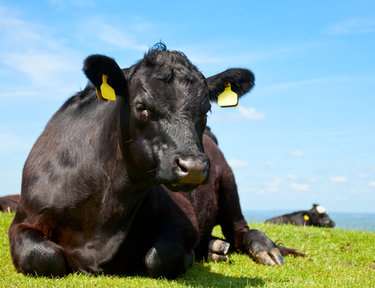The CFIA has confirmed five new findings of TB in Alberta cattle
By Jennifer Jackson
The Canadian Food Inspection Agency confirms that bovine tuberculosis (TB) has been found in five new cows, since the investigation began late Sept. with one infected cow.
“The finding of additional cases has proved there has been transmission from animal to animal,” said Dr. Penny Greenwood, national manager of domestic disease control, in a tele-conference on Friday. This means this is now “a larger case, potentially than originally thought.”
All six confirmed cases – including the initial TB infected cow – are from the same Alberta herd.
Because of the new cases, Greenwood said the investigation’s timeline will depend greatly on the finding of further infected herds.

“We are doing a risk assessment now to see what the new results will have on the investigation,” says Greenwood. If we have new infected herds, the investigation “will extend by several months.”
The increase in TB findings has no effect currently on food safety, as any animals showing symptoms will not be processed in into the food system, according to Greenwood.
The Canadian Cattlemen’s Association is working with other industry groups to set up a feedlot where the quarantined cows can be fed and watered over winter, according to Greenwood. Agriculture Canada, along with the provincial government, is also considering options to assist producers through the quarantine period.
There are 36 premises currently under quarantine, according to the CFIA, in the teleconference.
Farms.com covered the last update in the bovine TB investigation in a Nov. 11 article.